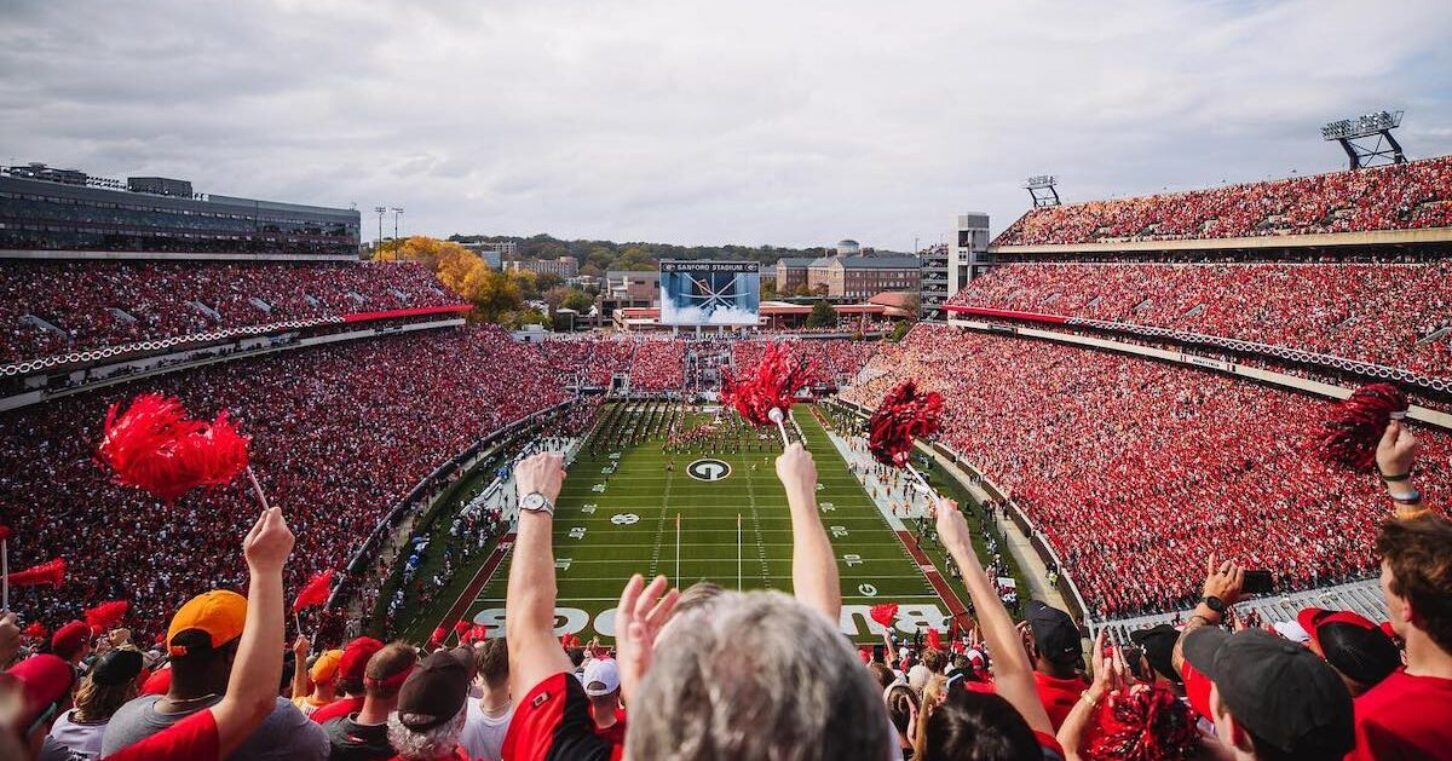
The last season of college football as we know it is upon us. Again.
Toe met leather this past weekend to start the season for a handful of teams. But most will start Labor Day weekend in an explosion of color and passion and expectation from coast to coast, one of our nation’s great sporting traditions.
Tradition may be considered the lifeblood of collegiate athletics. Fanatic loyalties are often passed down within families for professional teams, too, but it reaches another level for college sports.
It’s not just about the fans. Professional teams pick up and leave stadiums, neighborhoods, cities. Just ask the Athletics of Philadelphia, Kansas City, Oakland and, soon, Las Vegas. But stadiums aged in decades, on centuries-old campuses, are part of the charm for college teams.
So it feels incongruous that custom-bound college football is undergoing such a remarkable bout of creative destruction.
Austrian economist Joseph Schumpeter called creative destruction “the essential fact about capitalism” and “the process of industrial mutation that incessantly revolutionizes the economic structure from within, incessantly destroying the old one, incessantly creating a new one.”
He cited the building of the railroads across the Midwest, which spawned new businesses and even cities while enabling a shift from agriculture in the West.
These days, we see a shift from an athletic league in the West, the zombie Pac-12 Conference. But consider the other changes afoot:
- The four-team, bowl-centric playoff – a mutation from the Bowl Championship Series that ensured No. 1 played No. 2, which itself was a revolution from the days when postseason matchups were set without regard to national rankings – will give way after this season to a 12-team playoff featuring bye weeks and on-campus contests. The plan may yet be altered again before the new format is deployed.
- Further movement of schools from one conference to another, known as realignment, seems certain. Commentators and even some administrators now expect a dramatic move to an NFL-style “super league” of perhaps 32 college football teams.
- Notice the emphasis on football: Accommodating the ever-more professional treatment of the most lucrative collegiate sport, including perhaps recognizing the players as outright employees, may prompt a divorce of the other sports from the gridiron. Then, some observers ask, why not sever football from the universities altogether and simply license their branding to a true, not just de facto, professional minor league?
Money drives much of the foregoing, to the point this creative destruction might be called actual capitalism. When the University of Oregon is soon to be a partner of the State University of New Jersey, more commonly known as Rutgers, and no longer Oregon State University, it is not because of any affinity beyond that for the millions of dollars dangled by broadcasters.
But strangely – again, for an institution that adorns itself with tradition – it has long been this way in college athletics.
No other competitive league has barriers to entry as low as the NCAA’s. Unlike professional sports, collegiate athletics have no fixed number of teams, and no assignment of geographic markets to one and only one franchise. Any university can give it a go, with enough money and political will.
Consider the history of the Georgia Southern football team. In 1941 the team was disbanded. Forty-one years later, the team was reborn and, after two years as a “club team,” entered the NCAA’s second-highest division. The Eagles needed only two years to win a national title, and they won five more in the next decade and a half. In 2014, the team rose to the NCAA’s highest level; it won a conference title in its first try.
That’s quite the ascent.
So it goes with the sport more broadly. There is always the chance the process of creative destruction will undo the destroyer; the railroads also made it possible to move the vast quantities of steel, rubber, oil, rock and tar needed to build the cars and highways that surpassed them.
Until then, it remains one of the best shows around.
